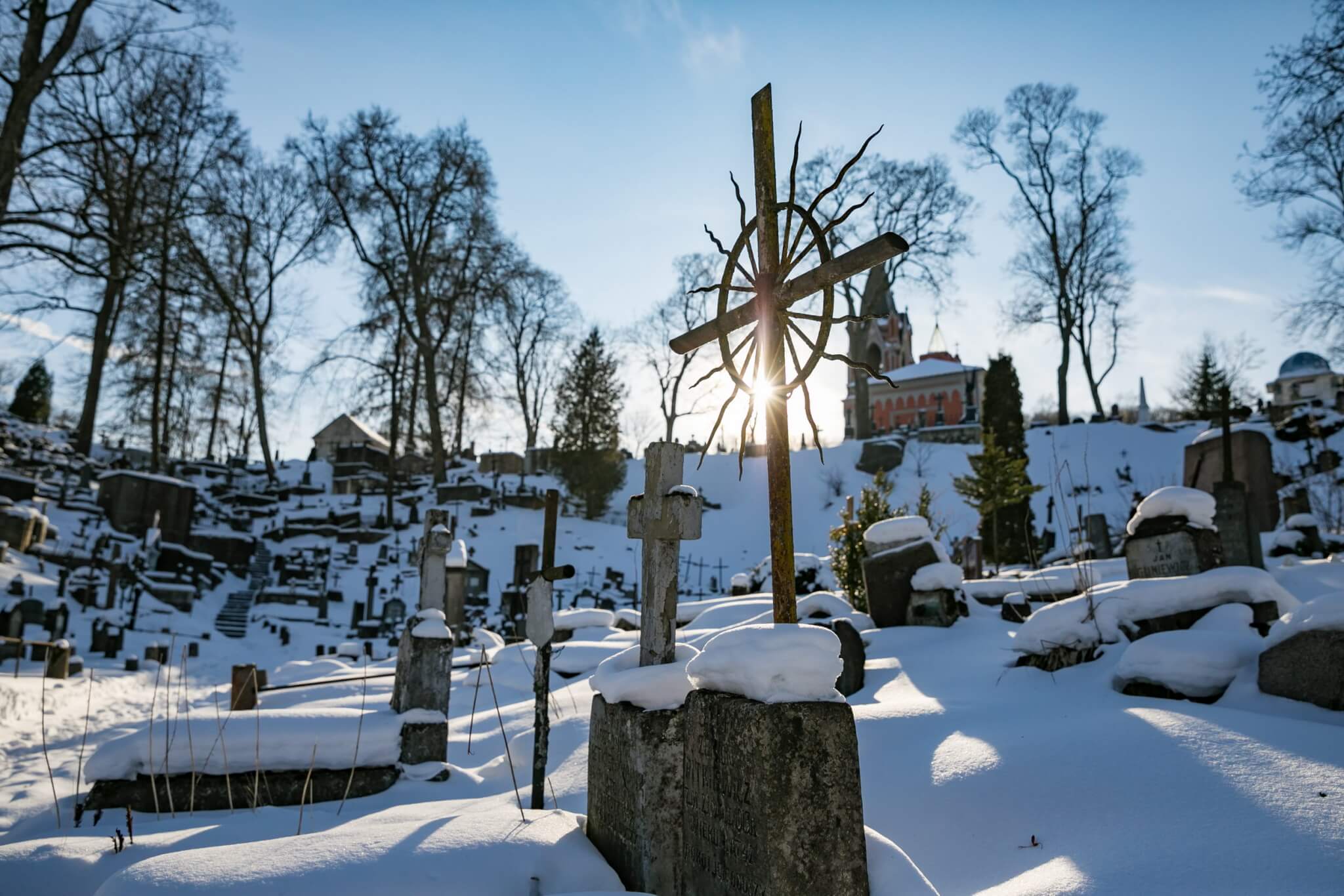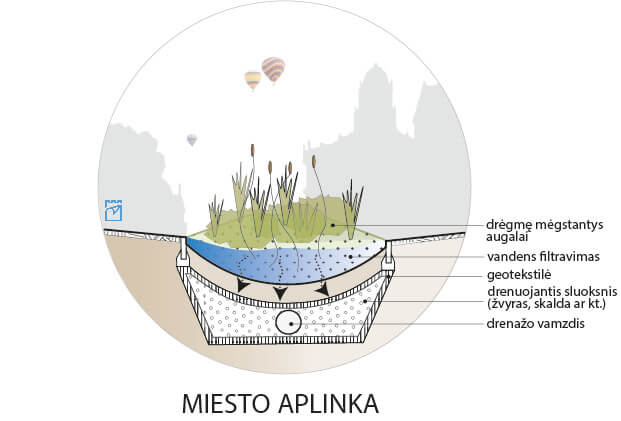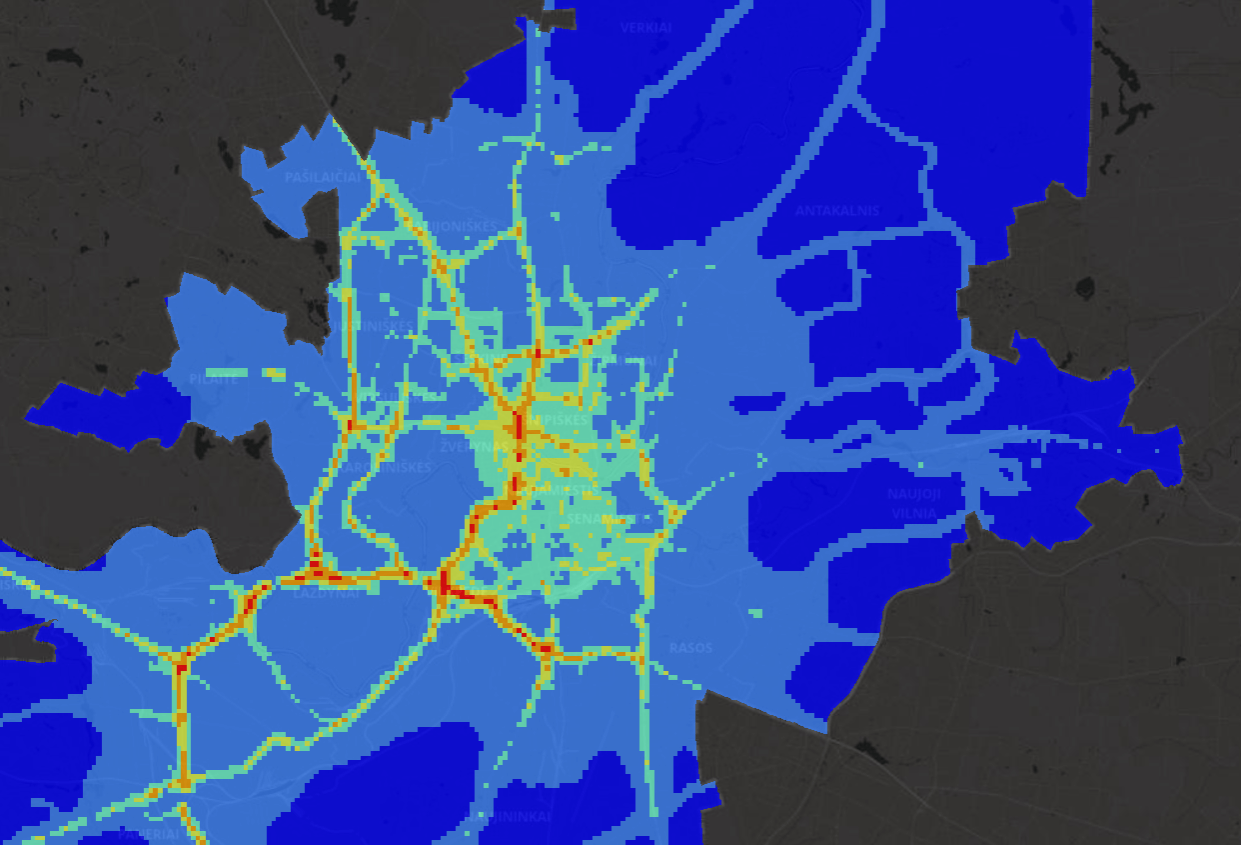Vilnius invites you to learn about the history of your city and find the graves of your loved ones or famous people faster with the Digital Grave Register. The system, which allows the exploration of more than three dozen cemeteries in the capital, including Old Believer, Orthodox, Karaite and Tatar cemeteries, is a way to tell and help preserve Lithuania’s multicultural history. “Vilnius has always been home to many different nationalities and cultures, and this project aims to record and preserve historical memory. The current composition of Lithuania’s population has changed dramatically, the gravestones of the old inhabitants are disappearing and the inscriptions on them are fading, so it is very important for us to take stock of the cemeteries while we can still identify the information,” says R?ta Klev?n?, Director of the Vilnius Plan. After the Vilnius City Municipality Administration, together with Vilniaus Plan, started inventorying and digitising the city’s cemeteries in 2019, a publicly visible and cemetery administrators-only environment has been developed, which allows administrators to coordinate more quickly with the municipality and the Department of Cultural Heritage on burial applications and permits. One of the facilitating features is the ability to search for a deceased person’s grave according to the person in charge of it or other information. The digitisation of cemeteries starts with the identification of graves using unmanned aerial vehicles (UAVs), taking high-resolution and accurate orthophotos of the cemetery, and the digitisation of the graves by specialists using the data obtained. The tombstones and burial registers are then photographed, the resulting records are digitised and entered into a database, and the process of linking the information is then started. According to the experts, the digitisation of cemeteries is time-consuming, but at the same time it allows to get in touch with the cultural history of the region, to do away with paper registers and to speed up the work of the administration. Previously, information on burials in Vilnius City Cemetery was stored in paper logbooks kept by the cemetery management companies, which meant that it was not easily accessible. “The specialists had a difficult and demanding job – the names of the deceased in the centuries-old registers had been rushed, lithified or otherwise adapted to the period, so when entering the data into the system, they had to evaluate the names written in the registers and the names on the tombstone, which were often radically different,” says Justinas Jasi?nas, the project manager. The main and primary source for the cemetery inventory was the entry in the cemetery registers giving official information about the deceased. During the digitisation process, specialists encountered the common problem that many surnames were written in Cyrillic script in Soviet times, whereas now, as part of transliteration, surnames were translated into Latin characters. During this process, inconsistencies were noted in the names of people entered on the cover and in the register. When discrepancies were found in the deceased’s details, both versions were made public – the name of the deceased in the cemetery register and the original name inscribed on the tombstone. The public is invited to report any errors or discrepancies they find using the tool in the system or by emailing kapines@vilnius.lt. They are also asked to get in touch if they notice that their loved one’s grave has not been identified in the digital tomb system.
Specialists carefully review the requests received from the public and follow up on them.





